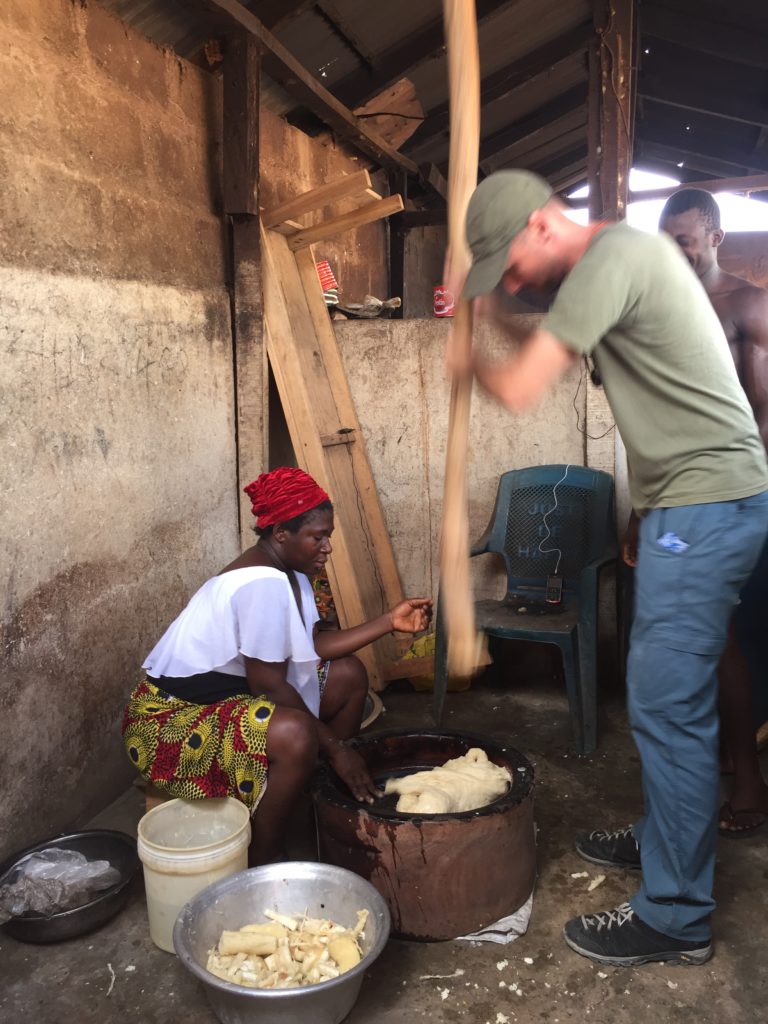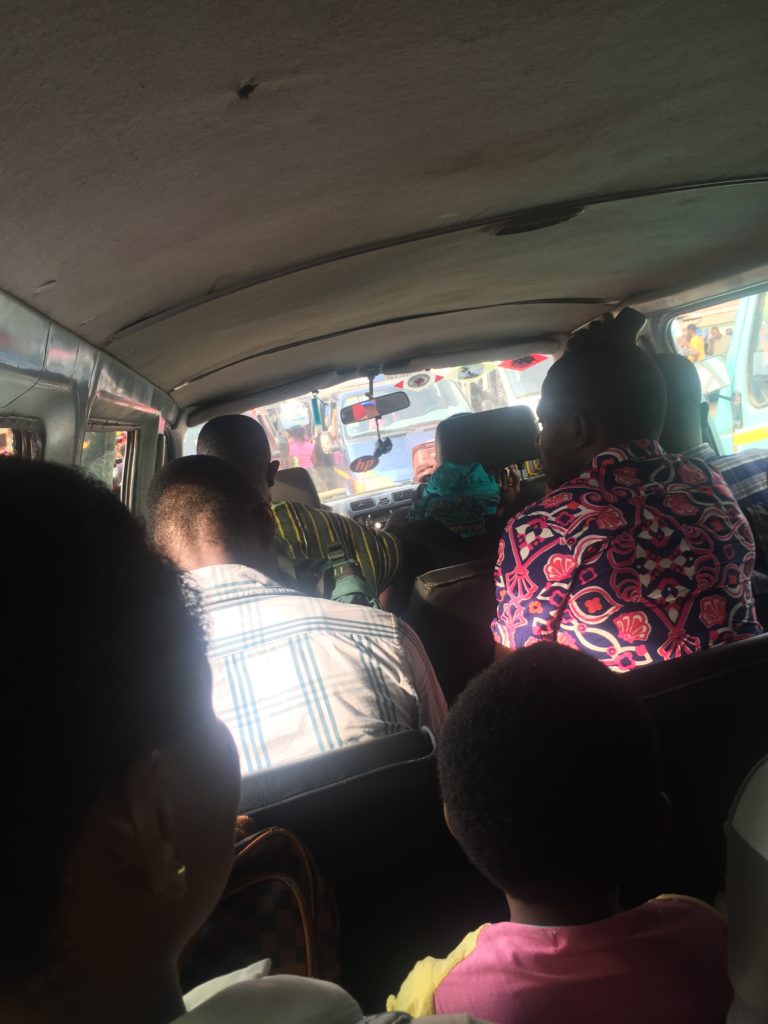Janne is a PhD candidate at Curtin University studying the interaction between the atmosphere and lithosphere during the Archean/Paleoproterozoic boundary. You can read more about Janne’s Proterozoic adventures here.
Our home planet went through a number of dramatic changes during its 4.5 billion year history. The young Earth was very different than today. It was covered by a thick cloud of greenhouse gases that made the sky appear pale orange. The continents were mostly flooded and only small scattered islands peaked out of the global ocean. Early Earth’s tectonics might have been similar to Venus’ tectonics today: Periods of quiescence alternated with periods of fast plate motion and catastrophic volcanic events creating large portions of continental crust. Then, 2.4 billion years ago, continents started to rise above sea-level, and the oxygen-level in the atmosphere increased dramatically and likely caused the first mass-extinction event (of anaerobic bacteria) on Earth, but on the other hand, also enabled the invention of complex forms of life. Following the build-up of free oxygen in the atmosphere, the planet entered a period of global glaciations – a model that is called ‘Snowball Earth’. Geologists have been reporting evidence for these secular changes for a long time. Yet we still do not understand how all of these changes are connected. To get to the bottom of this problem we study rocks that witnessed this period of changes. The geochemistry of these rocks helps us to understand the processes that formed them. The difficulty is to find them – there are only a handful of localities in the world where rocks of the critical age are exposed.

Granite bodies solidify kilometres below the Earth’s surface. The erosion of the overlying rock units leads to a decrease in pressure from above the rock and causes it to break in onion-like layers (exfoliation joints) to form a dome structure like the one in the photo. Although these granite domes are easy to spot as they stand out from the lower topography of their surroundings the dense vegetation sometimes made it hard to get to them.
One of these places is West Africa. Rocks that hopefully are going provide us with answers to some of our questions are hidden in the jungles of Ghana. To get there we flew into Accra, Ghana’s vibrant capital with its busy roads and thousands of street hawkers selling anything one could think of; from delicious street food to wall clocks and musical instruments. From Accra, we headed northwest. Fieldwork in the jungle is a special challenge. Although we were able to identify a number of promising outcrops in satellite images the dense vegetation and rivers (potentially with crocodiles in it) sometimes made it hard to access them. We often had to hike for an unknown stretch of time in the tropical humid heat dripping with sweat before we finally found what we were looking for – an exposed rock face. Often enough we were rewarded with not only great sample material but also fantastic views over the jungle canopy. Another target to collect some fresh sample material were the numerous quarries and mines in Ghana. Although they were easily accessible by car it sometimes took some time and persuading skills to convince the person in authority to let us enter the mine site. In most cases, however, we were granted access and people were extremely helpful once they knew what we were after.

Chris helps pounding fufu. Whenever we got hungry from hiking through the jungle we went to a chop bar to order some traditional Ghanaian food like fufu or banku (balls made out of crop and plantain or corn with a dough-like consistency, served with a spicy soup, eaten with the fingers) or get some of the delicious fruit from one of the street vendors.

Stuck in traffic in Accra. Photo was taken from the back row of a tro tro; a public transport minibus with exceedingly little leg space, but definitely worth the experience.

Driving through the morning fog. The bumpy roads and a trunk filled with rocks pushed our car to the limit.
Granites that crystallized from sediment melts are the target rock type for this project. The rise of continents above sea-level changed the way igneous rocks weather and in turn led to changes in the composition of sediments that are formed by weathering and erosion of igneous rocks. When these sediments get recycled in the deep Earth they form melts and subsequently solidify to form a new rock (e.g. granite). These granites preserve a record of the conditions under which they formed billions of years ago. Studying them helps us to understand what type of tectonics were responsible for their formation and how the emergence of continents is linked to that. The geologic record provides a window to the past that allows us to assemble an idea of how the early Earth looked like. Understanding this might help us to draw conclusions about the future of our planet, but also to find Earth-like exoplanets that allow for the presence of complex life on their surface.

Lake Bosomtwe (Ashanti region) in the early morning. The lake is situated within a ~1 million year old impact crater. The crater rims contain suevite; a rock type that forms due to shock metamorphism caused by a meteorite impact.
![]() This work is licensed under a Creative Commons Attribution-NonCommercial-ShareAlike 4.0 International License.
This work is licensed under a Creative Commons Attribution-NonCommercial-ShareAlike 4.0 International License.





